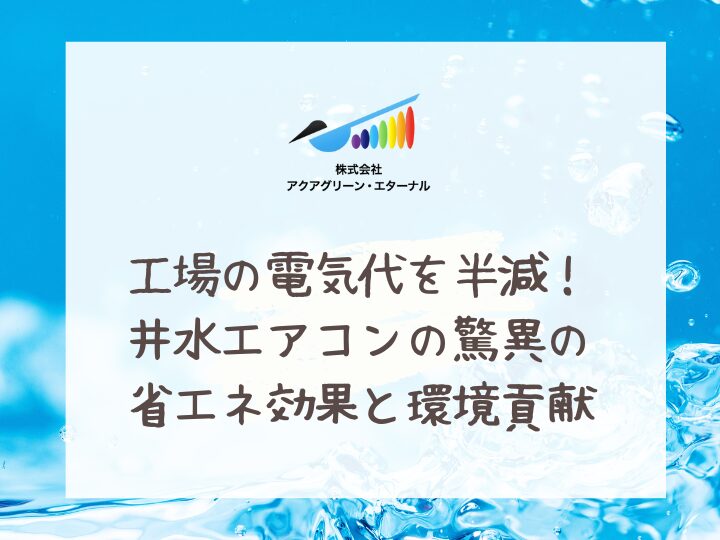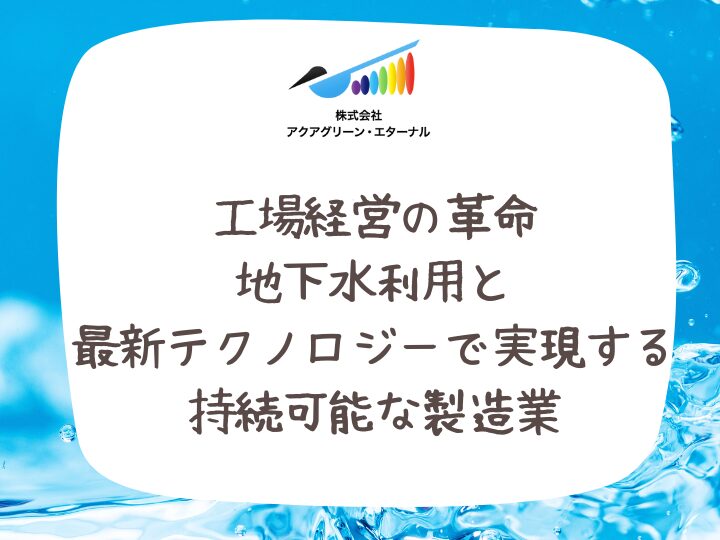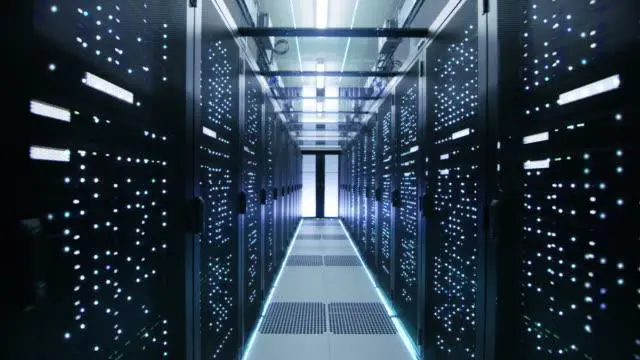Cut your factory's electricity bill in half! Well water air conditioners' amazing energy-saving effects and environmental contributions
Well water air conditioners are highly efficient air conditioning systems that use groundwater as a heat source. Due to their thermodynamic advantages, they can reduce electricity bills by 30-50% compared to regular air conditioners, and investment can be recovered in 3-5 years. They also have a high environmental impact reduction effect, such as reducing CO2 emissions and fluorocarbon usage, and maintaining groundwater levels, and further efficiency improvements are expected by combining them with IoT technology.

How well water air conditioners work and their thermodynamic advantages
Well water air conditioning is a highly efficient air conditioning system that uses groundwater as a heat source. Its core is a heat exchange process based on the second law of thermodynamics. The temperature of well water 15-20m underground is stable at around 15℃ throughout the year, which is lower than the outside temperature in summer and higher than the outside temperature in winter, making it an ideal heat source.
From a thermodynamic point of view, the smaller the difference between the heat source and the target temperature, the higher the energy conversion efficiency. Therefore, well water air conditioners have a significant efficiency advantage over conventional air-cooled air conditioners, especially in the summer when the outside temperature is extremely high and in the winter when it is extremely low.
In addition, because the specific heat capacity of water is about four times that of air, water can efficiently transport more thermal energy than the same volume of air, allowing the size of the heat exchanger to be reduced, resulting in improved efficiency and compactness of the entire system.
Analysis of electricity bill reduction effect and investment payback period
The reduction in electricity bills by installing a well water air conditioner is generally said to be 30-50%, but in reality, even greater reductions may be possible. For example, on extremely hot days when the outside temperature exceeds 40°C, the COP (coefficient of performance) of a normal air conditioner may drop to 2.0 or less, but a well water air conditioner can maintain a stable COP of 10 to 20 or more.
In terms of the payback period, it depends on the size and operation status of the factory, but in most cases the initial investment can be recovered in about 3-5 years. For example, if a factory with an annual air conditioning power consumption of 1 million kWh achieves a power reduction of 40%, assuming a power cost of 20 yen/kWh, the annual reduction effect is 8 million yen. Even if the initial investment is 30 million yen, it can be calculated that the recovery will take 3.75 years.
In addition, because it contributes to shaving off peak electricity demand, you can expect a reduction in your basic fee by lowering your contracted power. Taking all of this into consideration, the ROI (return on investment) is very attractive.
Quantitative evaluation of environmental impact reduction effects
The environmental impact reduction effect of well water air conditioners needs to be evaluated from multiple perspectives, not just in terms of reducing CO2 emissions.
First, regarding the effect of reducing CO2 emissions, assuming a power reduction rate of 40% and a CO2 emission coefficient of 0.5kg-CO2/kWh, the factory in the previous example can reduce CO2 emissions by 200 tons per year. This is equivalent to the amount of CO2 absorbed by approximately 14,300 cedar trees in a year.
Another important benefit is the reduction in the amount of fluorocarbons used. Well water air conditioners can reduce the size of the refrigerant circuit, so the amount of fluorocarbons used can be reduced to about 50-70% compared to conventional systems. Since fluorocarbons have a greenhouse effect hundreds to tens of thousands times greater than CO2, this reduction effect cannot be ignored.
From the perspective of water resource conservation, returning used well water underground contributes to maintaining the groundwater level, which is an important benefit that also leads to the prevention of land subsidence and the preservation of ecosystems.
Technical considerations in implementation and operation
One of the technical challenges when installing well water air conditioners is water quality management. In particular, if the water contains a lot of minerals such as iron and calcium, scaling of the heat exchanger and corrosion of the piping can become problems. To address this, measures such as water treatment using reverse osmosis (RO) membranes and regular chemical cleaning are effective.
In addition, managing the amount of groundwater pumped is also important. Excessive pumping poses the risk of land subsidence, so constant monitoring with water level gauges and the design of appropriate return systems or secondary uses are essential.
In terms of operations, real-time monitoring and predictive control using IoT technology are effective. For example, optimizing operations in conjunction with weather data and introducing anomaly detection systems using machine learning can further improve efficiency and ensure stable operations.
Future outlook: Fusion with next-generation technologies
The future of well water air conditioners is as follows:Combining it with thermal storage technology is also attracting attention. By pre-cooling and pre-heating well water using nighttime electricity, it becomes possible to shift peak electricity demand and further reduce costs.
Furthermore, advances in AI technology will enable optimal control in conjunction with the factory's energy management system (EMS). Advance control linked to production schedules and weather forecasts will enable both energy efficiency and productivity to be achieved.
Well water air conditioning is not just a cost-saving measure, but a strategic tool for achieving sustainable factory operations. Although careful planning is required for initial investment and operation management, from a long-term perspective, it is an important option that balances economics and environmental friendliness. We recommend that factory managers consider introducing well water air conditioning while taking into account the characteristics and future vision of their company and consulting with experts.


